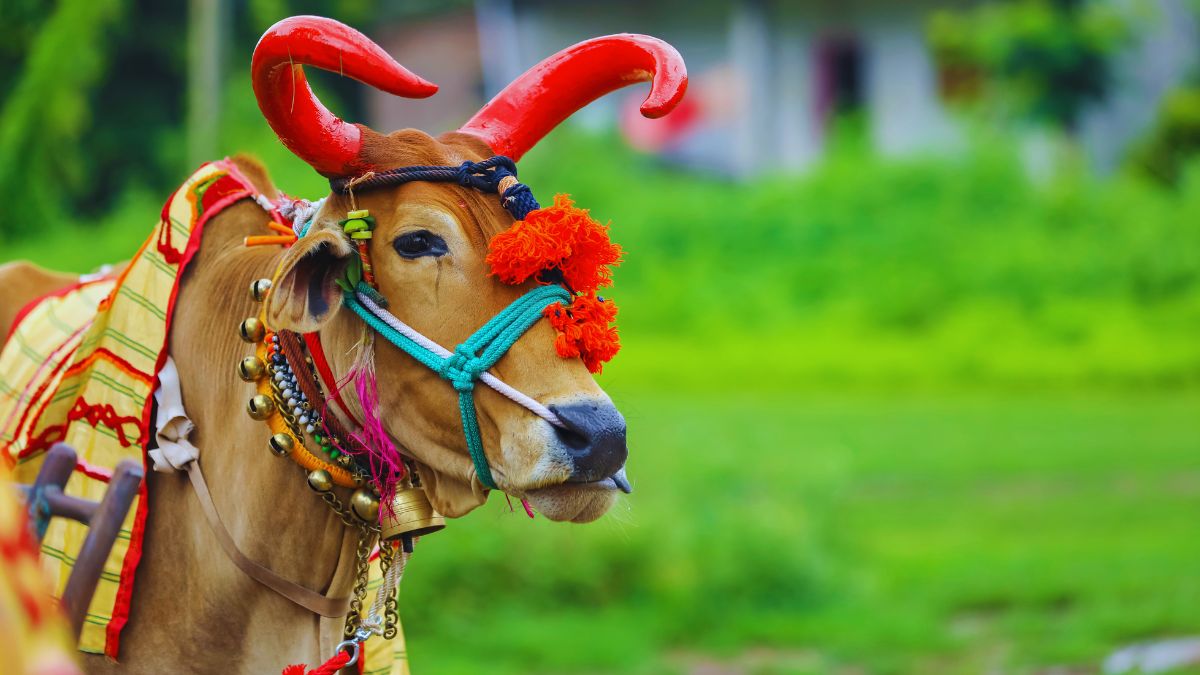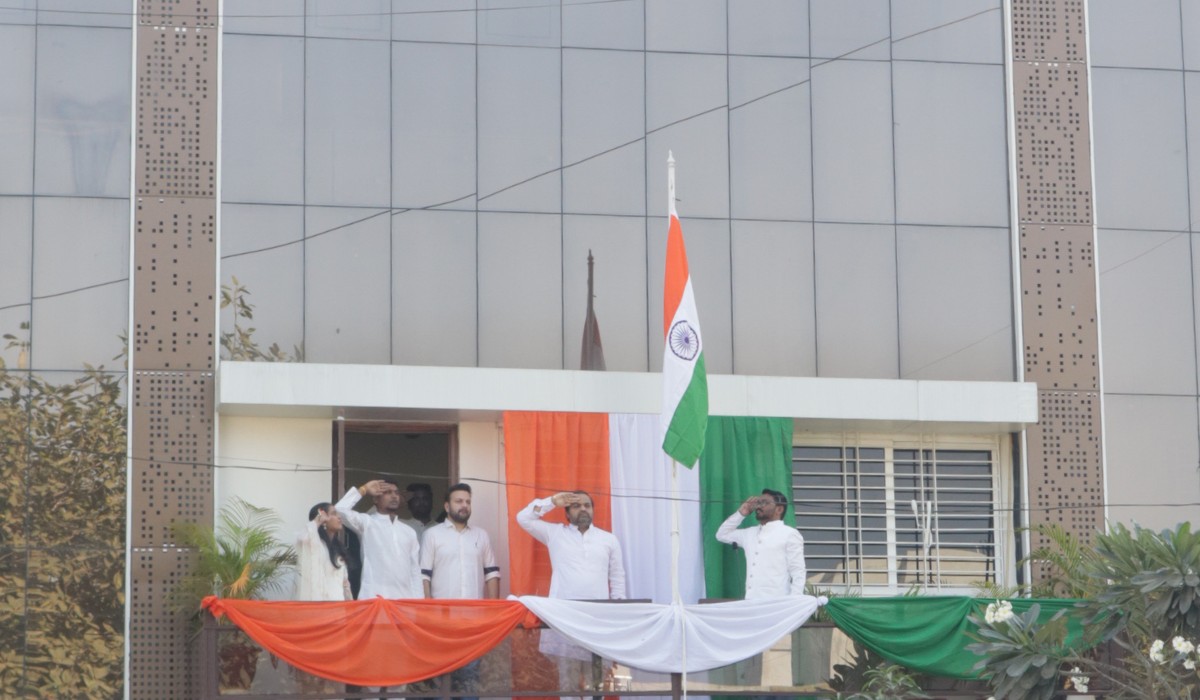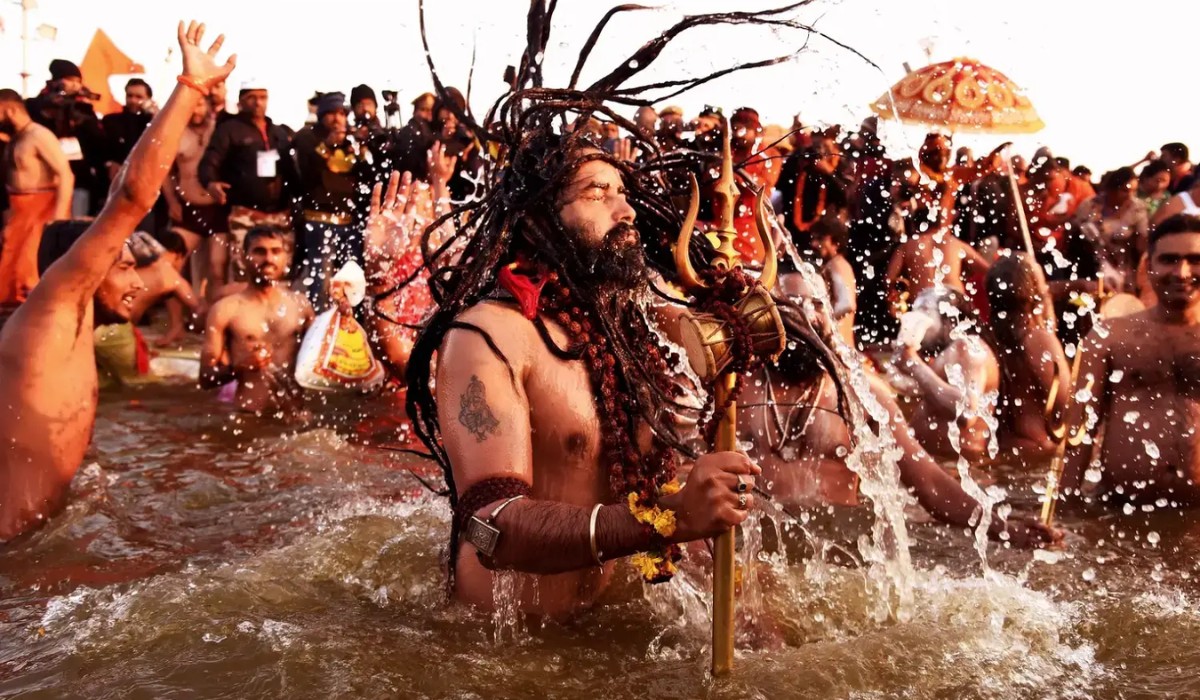Pola is a vibrant and culturally significant festival celebrated in the states of Maharashtra and Chhattisgarh, primarily by the farming community. This festival, dedicated to the worship of bulls, highlights the deep bond between farmers and their animals, which play a crucial role in agricultural activities. Pola is a unique and traditional village festival that showcases the gratitude of farmers towards their bulls, which are indispensable to their livelihood.
Significance and Celebrations of Pola Festival
Pola is a day of reverence and celebration for the farmers, where the bull, an essential companion in farming, is honored with rituals and festivities. The day begins with farmers giving their bulls a thorough bath, after which they adorn them with beautiful ornaments and decorative accessories. The bulls are then worshipped, with prayers offered to them, and they are fed special food as a mark of respect and gratitude. This tradition reflects the farmers’ acknowledgment of the bulls’ hard work in ploughing the fields and aiding in other agricultural tasks.
Also Read: 27 Dead in Andhra and Telangana Rains; Over 100 Trains Canceled
Following the festival, the agricultural season begins in earnest, with ploughing and seed sowing commencing the very next day. Pola serves as a reminder of the bulls’ contribution to the farmers’ livelihood and the overall agricultural process in Maharashtra.
Duration and Timing of the Pola Festival
Pola is celebrated during the month of Sravana, on the new moon day known as Pithori Amavasya. This one-day festival is dedicated entirely to the bulls, with the entire village participating in the rituals and festivities. The timing of the festival is significant as it marks the preparation for the upcoming agricultural season.
Also Read: How to Create a Passport in India Using the Online Passport Portal: A Step-by-Step Guide
Highlights and Rituals of Pola
One of the key highlights of the Pola festival is the grand parade of decorated bulls that takes place in the evening. Farmers proudly display their beautifully adorned bulls, which become the center of attraction as they parade through the village streets. This spectacle is accompanied by traditional music and dance performances, adding to the festive atmosphere.
In some villages, fairs are organized on the day of Pola, featuring various competitions and cultural events. These fairs attract not only the local population but also tourists from other states who come to witness the unique celebration. Traditional Maharashtrian dishes such as kunbis, poli, and karanji are prepared and enjoyed by the villagers, adding a culinary delight to the festivities.
The festival also serves as a time for community bonding, where villagers come together to celebrate and express their collective gratitude towards their cattle. The atmosphere is filled with joy, camaraderie, and a deep sense of respect for the animals that sustain their agricultural practices.
Also Read: A Look at Indian ICC Chairmen: From Dalmiya to Shah
Historical and Cultural Significance of Pola
The Pola festival has deep roots in the agrarian culture of Maharashtra. Bulls have been used for centuries in agricultural practices, playing a vital role in ploughing fields and transporting goods. In Hindu mythology, the bull is considered a sacred animal, symbolizing strength, fertility, and service. Nandi, the bull, is the vehicle of Lord Shiva and is revered in Hindu tradition.
In an agrarian state like Maharashtra, where agriculture forms the backbone of the economy, the Pola festival is celebrated with grandeur and devotion. It is a way for farmers to honor the contribution of bulls to their lives and to acknowledge the animal’s significance in sustaining agricultural practices.
Conclusion: Pola – A Festival of Gratitude and Celebration
Pola is not just a festival; it is a celebration of the bond between farmers and their bulls. It is a day when the efforts of these loyal animals are recognized and honored with rituals, festivities, and communal participation. The festival highlights the cultural richness of Maharashtra and reflects the deep respect that the farming community holds for the animals that are integral to their livelihood.
As Pola continues to be celebrated with enthusiasm and reverence, it remains a unique cultural event that brings together tradition, agriculture, and community in a vibrant and meaningful way.
Also Read: The Kandahar Hijacking: A 25-Year Reflection on IC 814










